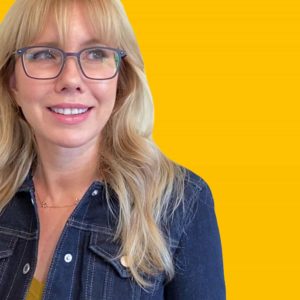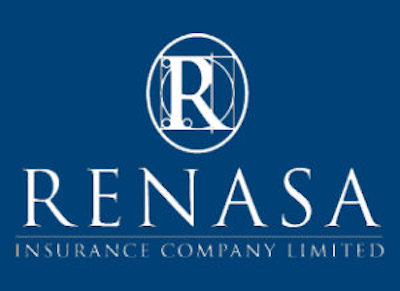
Laura Drabik, Guidewire’s Chief Evangelist spoke to COVER about the most exciting and dynamic developments in the global insurance space.

The insurance market has long been saddled with a reputation for lagging behind when it comes to technology. So what are the short-term insurance industry trends you are seeing around the world?
Insurtech is breaking new ground by providing insurers with innovative, affordable solutions for improving customer experience as well as efficiencies. Rather than build this innovation and technology in-house where insurers might not have the right talent or knowledge to do so, they can extend their service offering and insight with insurtech solutions. Although the current wave of new technology investment focused first on improving customer experience and reducing costs, it is now shifting to new business models.
The increasing use of sensors, AI and machine learning in combination has affected the practices of loss anticipation and compensation, moving them towards more proactive risk detection, intervention and prevention, such as Wearables – non invasive underwriting evidentiary source. A great way of improving customer experience. Being able to provide real-time feedback, for example on how someone is lifting a heavy object helps to reduce injuries and thus losses.
The second driver is millennials. This is the largest generation witnessed by most countries. Millennials are not just personal lines and commercial lines consumers; they are also employees of insurers. They are comparing an insurer’s service and digital experience with that of Amazon and Netflix, rather than other insurers. They are changing their way of using transportation and housing, and thereby changing their insurance needs. This means that while traditional insurance products are declining in relevance, it does create new insurance opportunities such as ride-sharing and on-demand insurance.
Image-based estimating supported by Guidewire partners like Livegenic, MirrorMe, and Truepic, empower the insured to expedite the claims process by gathering video and photos of the damaged property/vehicle. This information can then kickstart automated claims processing and claim pay outs, reducing claim open times and expediting funds into the hands of the insured. And, to ensure the right people and claims are paid, predictive fraud analytics can be run while FNOL data is collected, or any time during the claims process as new information is gathered. Examples of insurtechs in this space include FRISS and Shift Technology.
The third is climate change. Insurers need to better understand a risk to price it profitably or even determine whether or not to insure it. Geospatial analytics and drones can all provide the insurer with a big picture view of the risk so they can price appropriately. Drones are one insurtech solution deployed in catastrophe response, as a way to safely assess large-scale damage and begin the claims inspection process in areas otherwise inaccessible. While this service model is gaining some traction in the industry, it is prohibitively expensive for insurers to keep drone pilots on payroll and is not a sustainable solution.
One service available in North America, Australia and the U.K., WeGoLook, an on-demand global workforce of over 45,000 ‘lookers’ who specialise in capturing data and performing custom tasks in the field, allows for access to drone pilots during emergency situations without having to break the bank when they aren’t needed. WeGoLook provides insurers with the ability to create an elastic workforce, using best-in-class professionals on demand. There has been some insurer resistance to using third party resources as insurers feel they might lose control over the service level delivered. Also, in a time of catastrophe with peak demands on all resources including independent providers, how will each insurer ensure they get sufficient coverage?
Chatbots, which work through apps such as Facebook Messenger and are quicker to access than call centres, are another type of technology used after natural disasters. Guided chatbot FNOL (first notice of loss) or FAQ processes can help policyholders submit claims in minutes or get answers to burning questions, such as how to seal their windows to prevent storm damage or what to do with smoke damaged property.
While they don’t replace human interaction for policyholders who want to talk to a claims adjuster ‘live’ on the phone, they are a user-friendly, familiar tool that can provide some answers – and reassurance – right away, and provide yet another way for victims to connect with their insurer during times of need. Chatbots also provide service choice for consumers.
Many insurers consider adding them as an option to the catastrophe intake process, allowing consumers to choose between waiting on the line for a long time to talk to a call centre representative or going to their website and using a guided chatbot.




